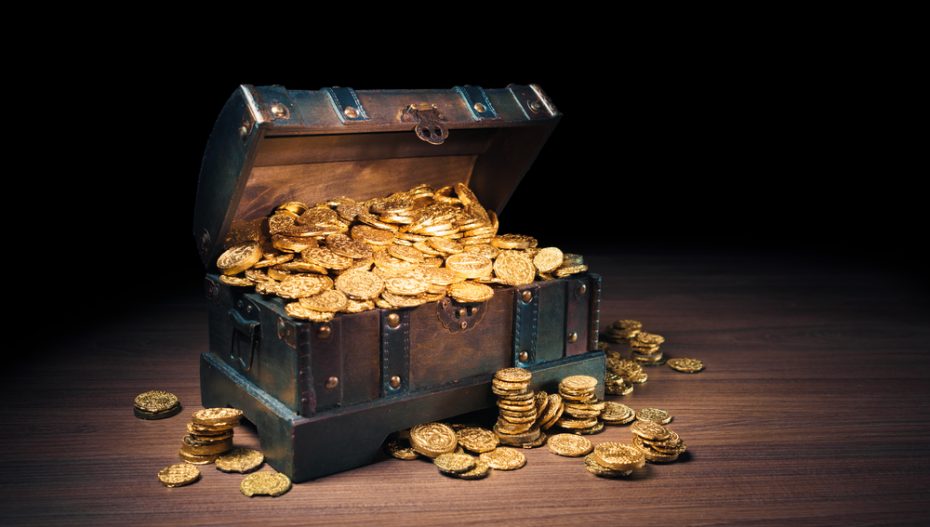For years now, Lodrani village has intrigued us. Located 51 kilometres from the Dholavira World Heritage site in Kutch, the village was marked as a secret trove of gold. Naturally, it attracted curious – and, on a lighter note, greedy – people eager to find whether their gold expeditions from Dholavira would fetch rewards.
Five years ago, many residents started their gold-digging adventures. The villagers and archaeologists found something even more remarkable in their pursuit. They discovered a Harappan-era fortified settlement.
Ajay Yadav, a research scholar who worked on the project with professor Damian Robinson (both are from Oxford’s School of Archaeology), told The Times of India, “Villagers believed there was a medieval fortress and buried treasure. But when we examined the site, we found a Harappan settlement where life flourished some 4,500 years ago.”
For the unversed, the region is named Morodharo, which, in Gujarati, means less salty and potable water. According to the TOI report, the site has an abundance of Harappan pottery, similar to those found in Dholavira.
The settlement looks highly developed (2,600-1,900 BCE) to late (1,900-1,300 BCE) Harappan, with creative flourish so obvious in the pottery.
“Our most important observation is that this site and Dholavira both depended on the sea. As it’s so close to the Rann (desert), it can be safely presumed that at that time what became a desert later must have been navigable,” Yadav told the paper.
After unfulfilled promises, Lodrani is claiming prominence in archaeology. P Joshi, an archaeologist, undertook a survey in 1967–1968. He mentioned a Harappan site in Lodrani, but he didn’t have proof to back his claims at the time. Experts visited Lodrani during the Dholavira excavation, which took place between 1989 and 2005, but they weren’t that impressed.
An important piece of ancient Indian history might have been lost to humankind. We owe a lot to the treasure hunt of a small hamlet.
Also Read: Virat Kohli, Anushka Sharma Welcome Second Child, Baby Boy ‘Akaay’











